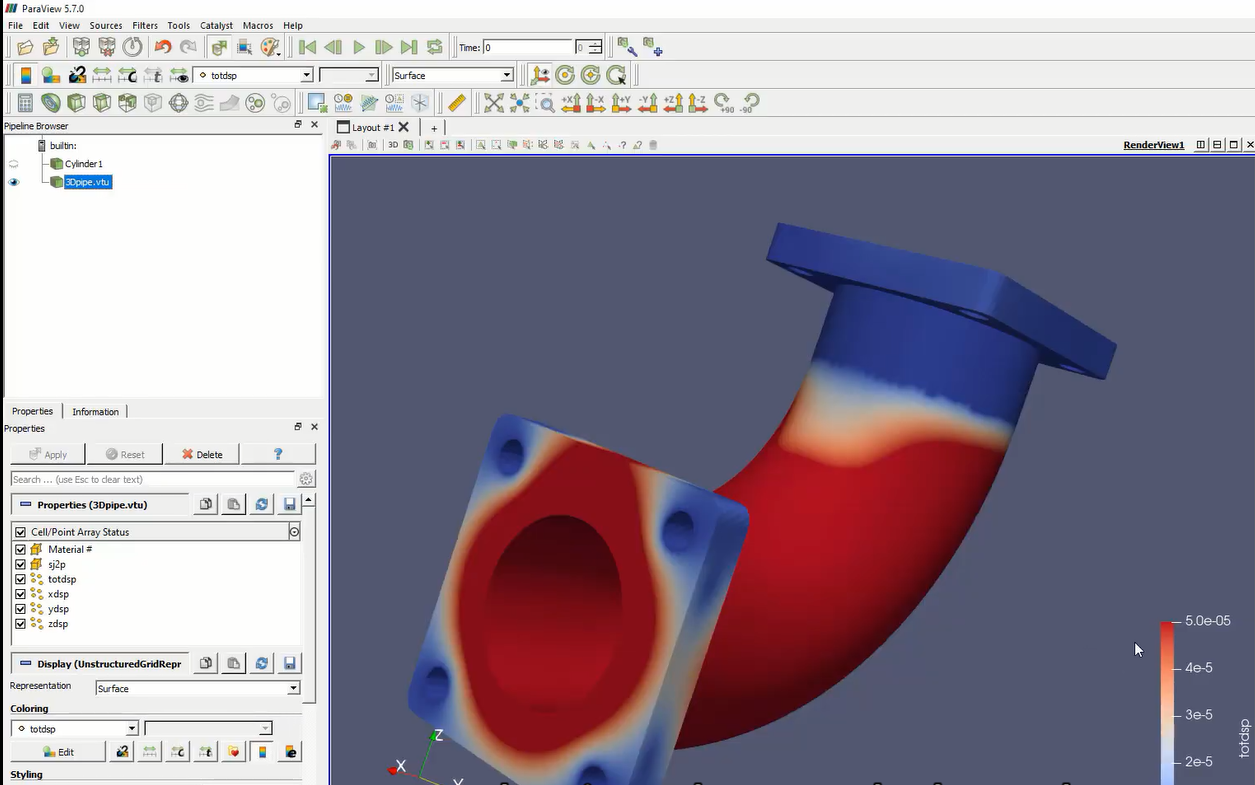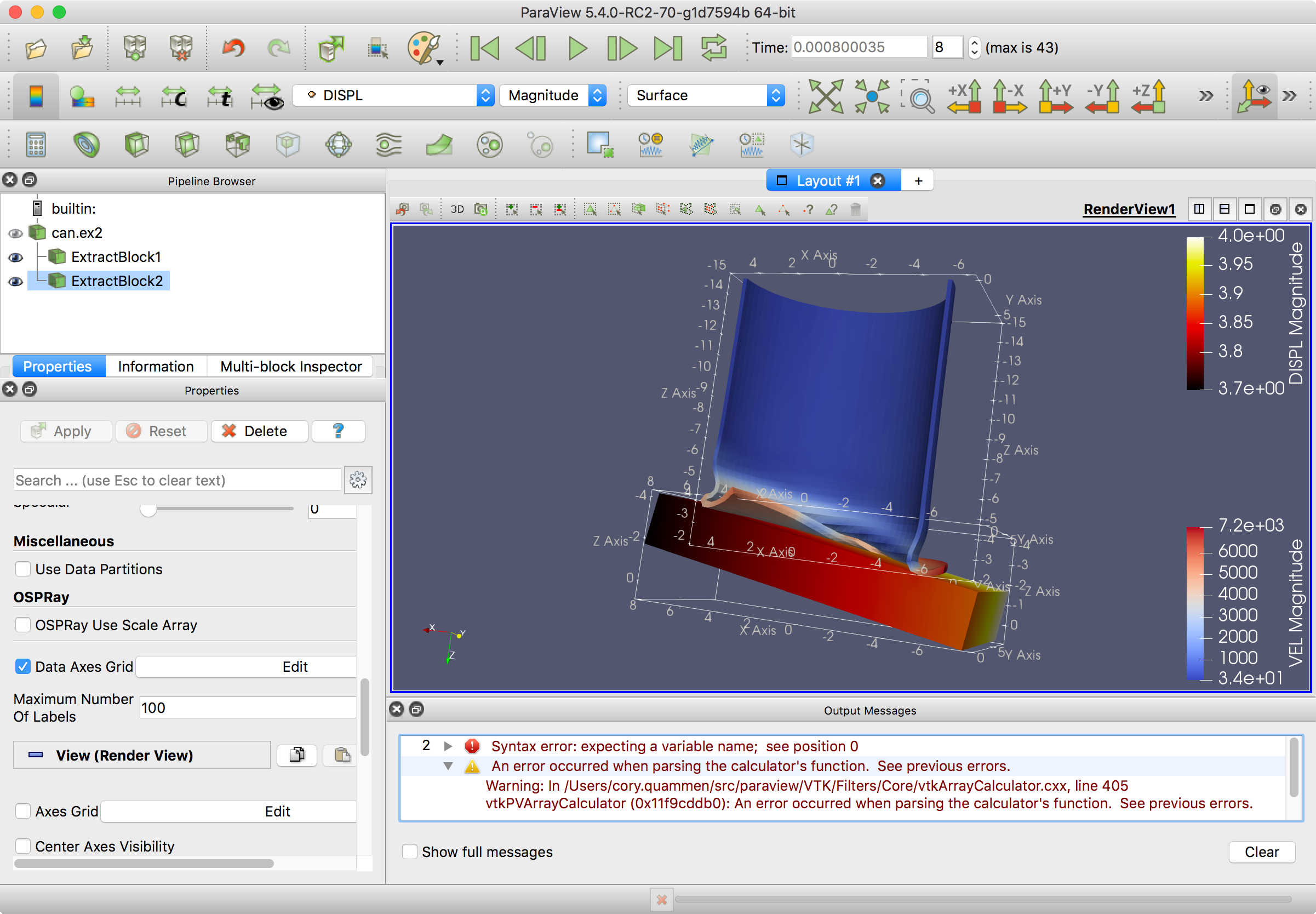

Learn more about ParaView's concept of center. Recenter the Looking Glass capture volume to the center of rotation.
#PARAVIEW VIDEO HOW TO#
See note below on how to load the example data into ParaView. Kitware has prepared a easy to follow tutorial for setting up ParaView in the Looking Glass for the first time: Example Data Looking Glass support has been added to nightly builds of ParaView since Oct 1, 2020. Use this diagnostic tool to check which version you have installed if unsure. This integration requires HoloPlay Service v1.1.3 or later. If this is the first time setting up a Looking Glass, visit the Getting Started page for your display. With ParaView, researchers studying complex 3D fields like computational fluid dynamics, climate science, aerodynamic design, and materials science can now visualize and analyze their complex 3D data holographically as they work.

and Looking Glass Factory have integrated the immersive holographic displays with the open-source, multi-platform data analysis and visualization application ParaView. Main objectives of this application are to build a multi-platform visualization application, support deployment of computation models of processing large data sets, developing a flexible and intuitive user interface and the creation of expandable architecture that is established on open standards.For R&D professionals looking for ways to elevate the visual communication and comprehension of their work in 3D, Kitware, Inc. The visualization created by this application is potent because it makes use of the Visualization Toolkit (VTK) which produces 3D graphics for data processing as well as the rendering engine. The flexibility of the paraView application has made it popular among computational science areas such as Structural Analysis, Fluid Dynamics, Astrophysics, and Climate Science which use methods like finite element, finite volume and point set.
#PARAVIEW VIDEO MAC OS#
Paraview has been successfully redistributed on Windows, Mac OS x, Linux, SGI, ibn Blue Gene, Cray, clusters, supercomputers as well as Unix Workstations this is possible because of its ability to run on distributed and shared memory parallel as well as single processor systems. The main benefit of this flexibility feature is that applications of specific functionality to address specific domain problem are quickly established.
#PARAVIEW VIDEO CODE#
The design of the ParaView's source code is made in a way that all of its constituents can be reworked to create vertical applications. and Los Alamos National Laboratory combined resources and developed ParaView In the year 2000.This application was built mainly to analyze large data sets via distributed memory computing resources using its batch processing abilities. ParaView is a data analysis and visualization multi-platform application which allows users to quickly create displays via qualitative and quantitative methods to analyze their data.


 0 kommentar(er)
0 kommentar(er)
